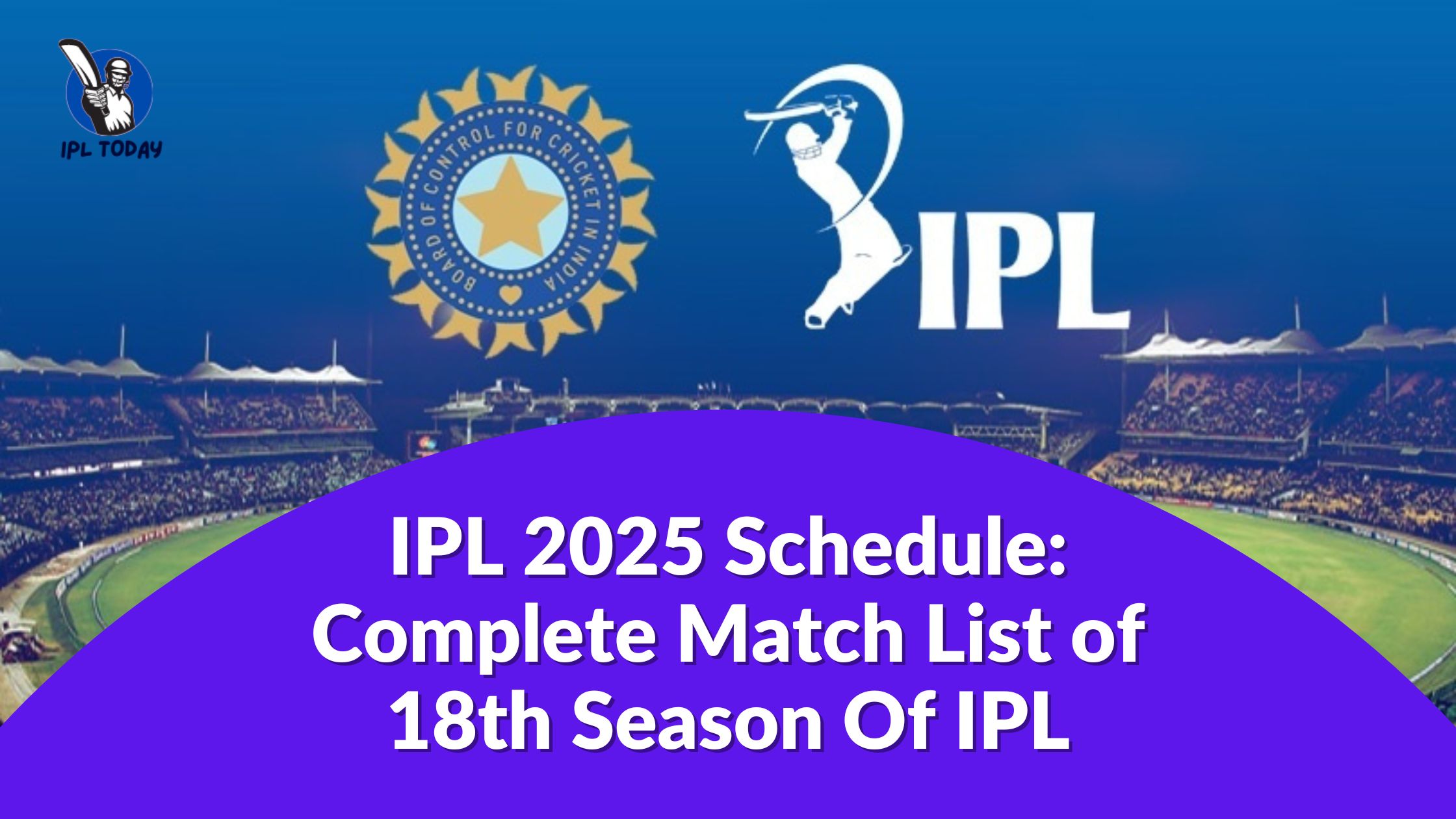The Indian Premier League (IPL) is not just a cricket tournament; it’s a spectacle of sport, entertainment, and financial grandeur. Among its many attractions, the prize money distribution is a significant aspect that draws players, franchises, and fans alike. In this article, we’ll explore the distribution of IPL prize money, particularly focusing on the 2023 season, and compare it with previous years and other T20 leagues around the world.
The Total Prize Pool of IPL 2023
For the 2023 season, the IPL announced a substantial prize pool. The total money on offer for teams was a whopping ₹46.5 crore, marking a 25% increase from the previous year’s tournament. This increase is indicative of the growing financial prowess and popularity of the IPL.
Historical Perspective
Looking back at the inaugural IPL in 2008, the prize money was $3 million (approximately ₹12 crores), with the winning team, Rajasthan Royals, receiving $1.2 million. Over the years, this amount has grown significantly, showcasing the financial growth of the tournament. For instance, in 2019, the prize for the winning team alone was ₹20 crores, more than the total prize money allocated for the top four teams in the inaugural season.
IPL Prize Money Distribution Among Top Teams in 2023
The distribution of the prize money among the top teams in IPL 2023 was as follows:
- Winner (Chennai Super Kings – CSK): ₹20 crore
- Runner-up (Gujarat Titans – GT): ₹13 crore
- Third Place (Mumbai Indians – MI): ₹7 crore
- Fourth Place (Lucknow Super Giants – LSG): ₹7 crore
This distribution not only rewards the teams for their performance but also encourages competitive spirit among the franchises.
Comparison with Other T20 Leagues
The IPL’s prize money far exceeds that of other T20 leagues, solidifying its position as one of the most lucrative cricket tournaments globally. Here’s how it compares:
- South Africa’s SA20: Approximately R35,000,000 (US$2 million) for the winning team.
- Caribbean Premier League (CPL): US$1 million for the champions.
- Australia’s Big Bash League (BBL): AU$450,000 (US$307,000) for the winning team.
- Pakistan Super League (PSL): PKR 80,000,000 (US$307,000) for the winner.
- England’s T20 Blast: £175,000 (US$210,000) for the winning team.
The significant disparity in the prize money underlines the financial might of the IPL and its appeal to top cricketing talent globally.
Read: How IPL team owners make money
Additional Rewards: Individual Player Awards
Besides the team prizes, IPL 2023 also offered various individual awards, each carrying its own prize money:
- Emerging Player: ₹20 Lakhs
- Orange Cap (Leading run-scorer) and Purple Cap (Leading wicket-taker): ₹15 Lakhs each
- Super Striker, Most Valuable Player, Power Player, Game Changer, and Maximum Sixes: ₹12 Lakhs each
These awards recognize individual talents and contributions, further enhancing the allure of the IPL for players.
Detailed IPL Prize Money Distribution Among Players and Teams
Team Prize Money in IPL 2023
- Winning Team (CSK): ₹20 Crore
- Runner-Up (GT): ₹13 Crore
- Third Place (MI): ₹7 Crore
- Fourth Place (LSG): ₹6.5 Crore
Individual Player Awards and Incentives
- Orange Cap (Leading run-scorer) & Purple Cap (Leading wicket-taker): ₹15 Lakh each
- Emerging Player: ₹20 Lakh
- Most Valuable Player, Power Player, Super Striker, Game Changer: ₹12 Lakh each
Distribution Among Players
- The distribution of prize money among players is governed by the policies and agreements of individual franchises. Each team has its own set of rules for allocating prize money to players and support staff.
Read: Umpire salary in IPL
Taxation on IPL Prize Money
Tax Deduction at Source (TDS)
- TDS is deducted at the rate of 10% for Indian players and 20% for international players from their IPL earnings.
- After TDS deduction, players must pay tax based on their net income as per Income Tax regulations.
Tax Compliance
- Indian players must include their IPL earnings in their annual income tax filings. They can deduct appropriate expenses incurred in the pursuit of their profession to arrive at the taxable income.
- International players are also subject to TDS but their additional tax liabilities may vary depending on whether they have other income earned in India.
Comparative Analysis of IPL Earnings
IPL’s Financial Attractiveness
- The IPL’s lucrative prize money makes it one of the most financially attractive cricket leagues globally. However, the highest-earning player in the IPL is not necessarily the one with the highest salary. Players’ overall income includes off-field earnings like endorsements and performance bonuses, significantly contributing to their total income.
Impact of Taxation on Earnings
- The actual take-home earnings of IPL players are impacted by taxation policies. The varying tax rates for Indian and international players mean that their net earnings can differ significantly after tax deductions.
Final Takeaway!
The financial dynamics of the IPL extend beyond the glitz of the tournament, deeply rooted in complex structures of distribution and taxation. Understanding these aspects sheds light on the broader economic implications of the IPL, beyond the cricket field. While the IPL offers substantial financial rewards, it also necessitates careful financial management and compliance with tax laws, underlining its status as a professional and highly lucrative sports league.










